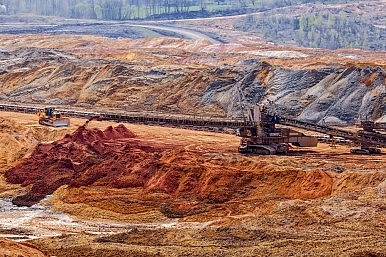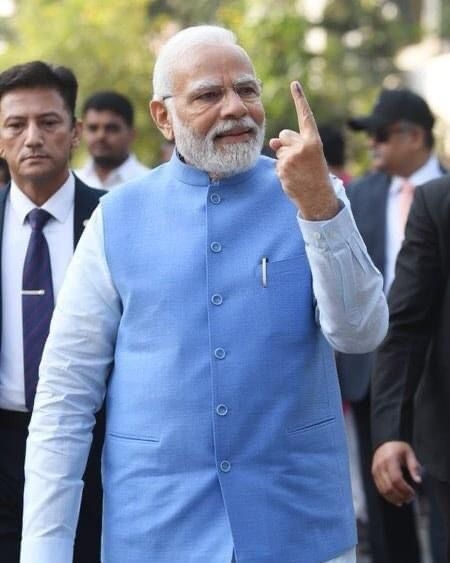Copper risks to downside short term: long term it could be $7,000
Shanghai copper premiums stop falling after hitting lowest since Oct 2017
Ibrahim Patel
The copper price risks are to the downside short term because the India, Chinese, Euro zone economy will definitely cool, by fears that US-China trade dispute could accelerate the slowdown. Disappointing economic data from India, China and Europe add to mounting concerns that weakening growth at the end of this year will carry over into a sharper slowdown next year. But despite weaker world growth, long term fundamentals justified copper prices in a $6,500-$7,000 range. Supply is lagging behind demand and the producers need higher prices to invest in new projects.
China appears to be easing its high-tech industrial development push, dubbed “Made in China 2025,” amid talks between the two countries to reduce trade tensions, according to new guidance to local governments. Chinese companies have made their first major purchases of US soybeans, a commodity at the heart of the trade spat, in more than six months, while Beijing also looked to have toned down a high-tech industrial push that has long irked Washington. Signs of positive progression in trade talks between the U.S. and China should see sentiment in the commodity market remain positive,” ANZ wrote in a note.
Copper clocked a third consecutive weekly fall on Friday after weaker than expected Chinese industrial data dampened expectations of demand from the largest metals consumer. Official figures showed China’s November industrial output rose by the least in nearly three years. China’s automobile sales also fell about 14% year-on-year in November, the steepest such drop in nearly seven years. Euro zone business expanded at the slowest pace in over four years as new order growth all but dried up. French business activity plunged unexpectedly into contraction.
Copper inventories in LME-registered warehouses rose by 1,250 tonnes to 121,225 tonnes but remain near 10-year lows. Stockpiles in Shanghai Futures Exchange warehouses fell last week and are down from more than 300,000 tonnes in April. The LME copper has fallen 16% and Comex copper 17% this year, from their June four-year highs on fears that slower global economic growth will slow demand for materials used heavily in construction and manufacturing.
The global economic growth data and a sharply stronger dollar were pressuring metals prices, said Commerzbank analyst. A stronger dollar makes metals more expensive for buyers with other currencies and can curtail demand. Benchmark copper on the London Metal Exchange ended down at $6,098.75 a ton on Friday. Elsewhere, Shanghai premiums stop falling after hitting lowest since Oct 2017, on improved arbitrage, narrowing backwardation, in the LME’s cash/three-month spread. Supply remains tight in Southeast Asia, supporting regional premiums. German premium softens on demand concerns, US premium flat, but optimistic tone persists in market. The copper cathode premium on a cif Shanghai basis at $55-72 per tonne on December 11, up $1 per tonne on the high end compared with a day earlier. (This article provides only short period or fortnight guidance)
Copper risks to downside short term: long term it could be $7,000
Shanghai copper premiums stop falling after hitting lowest since Oct 2017
Ibrahim Patel
The copper price risks are to the downside short term because the India, Chinese, Euro zone economy will definitely cool, by fears that US-China trade dispute could accelerate the slowdown. Disappointing economic data from India, China and Europe add to mounting concerns that weakening growth at the end of this year will carry over into a sharper slowdown next year. But despite weaker world growth, long term fundamentals justified copper prices in a $6,500-$7,000 range. Supply is lagging behind demand and the producers need higher prices to invest in new projects.
China appears to be easing its high-tech industrial development push, dubbed “Made in China 2025,” amid talks between the two countries to reduce trade tensions, according to new guidance to local governments. Chinese companies have made their first major purchases of US soybeans, a commodity at the heart of the trade spat, in more than six months, while Beijing also looked to have toned down a high-tech industrial push that has long irked Washington. Signs of positive progression in trade talks between the U.S. and China should see sentiment in the commodity market remain positive,” ANZ wrote in a note.
Copper clocked a third consecutive weekly fall on Friday after weaker than expected Chinese industrial data dampened expectations of demand from the largest metals consumer. Official figures showed China’s November industrial output rose by the least in nearly three years. China’s automobile sales also fell about 14% year-on-year in November, the steepest such drop in nearly seven years. Euro zone business expanded at the slowest pace in over four years as new order growth all but dried up. French business activity plunged unexpectedly into contraction.
Copper inventories in LME-registered warehouses rose by 1,250 tonnes to 121,225 tonnes but remain near 10-year lows. Stockpiles in Shanghai Futures Exchange warehouses fell last week and are down from more than 300,000 tonnes in April. The LME copper has fallen 16% and Comex copper 17% this year, from their June four-year highs on fears that slower global economic growth will slow demand for materials used heavily in construction and manufacturing.
The global economic growth data and a sharply stronger dollar were pressuring metals prices, said Commerzbank analyst. A stronger dollar makes metals more expensive for buyers with other currencies and can curtail demand. Benchmark copper on the London Metal Exchange ended down at $6,098.75 a ton on Friday. Elsewhere, Shanghai premiums stop falling after hitting lowest since Oct 2017, on improved arbitrage, narrowing backwardation, in the LME’s cash/three-month spread. Supply remains tight in Southeast Asia, supporting regional premiums. German premium softens on demand concerns, US premium flat, but optimistic tone persists in market. The copper cathode premium on a cif Shanghai basis at $55-72 per tonne on December 11, up $1 per tonne on the high end compared with a day earlier. (This article provides only short period or fortnight guidance)










62.jpeg)
153.jpeg)

8.jpeg)
142.jpeg)
202.jpeg)
33.jpeg)
141.jpeg)
5.jpeg)





